“Every handcrafted Chikankari piece carries the soul of an artisan, but in the age of commercialization, are we losing its true essence?”
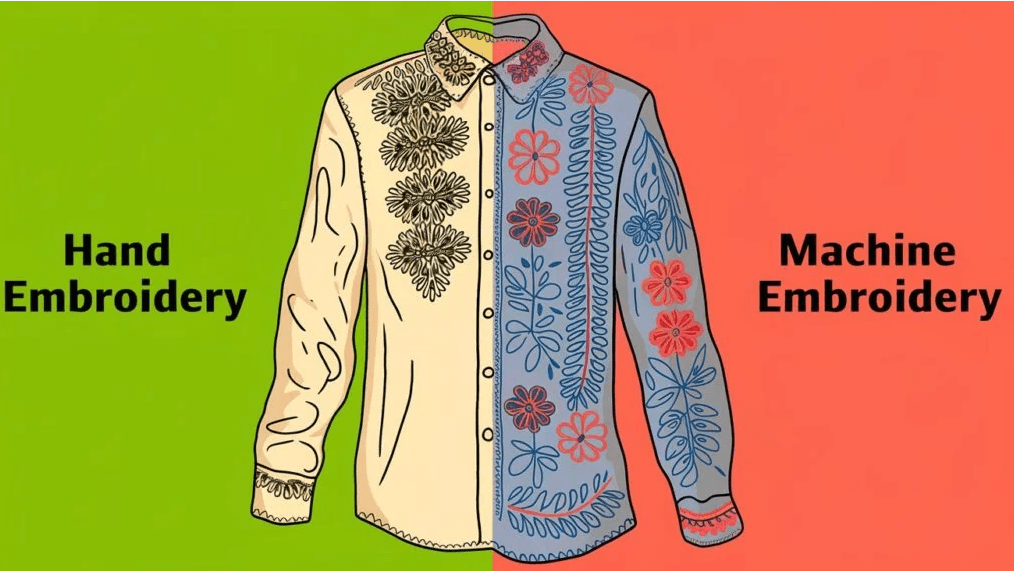
Chikankari, once a symbol of royal craftsmanship, is now battling the effects of mass production and machine-made imitations. While the rising demand has brought this heritage embroidery into the mainstream, it has also led to a decline in authenticity, unfair artisan wages, and a flood of low-quality replicas.
But despite commercialization, Authentic Lucknowi Chikankari remains irreplaceable, thanks to the skilled hands that weave its magic. Let’s explore how mass production is affecting this craft and why handmade Chikan embroidery still stands unmatched.
📌 The Rise of Machine-Made Chikankari: A Double-Edged Sword
With the increasing popularity of Chikankari, many manufacturers have shifted to machines, aiming to produce embroidery at a lower cost and faster pace.
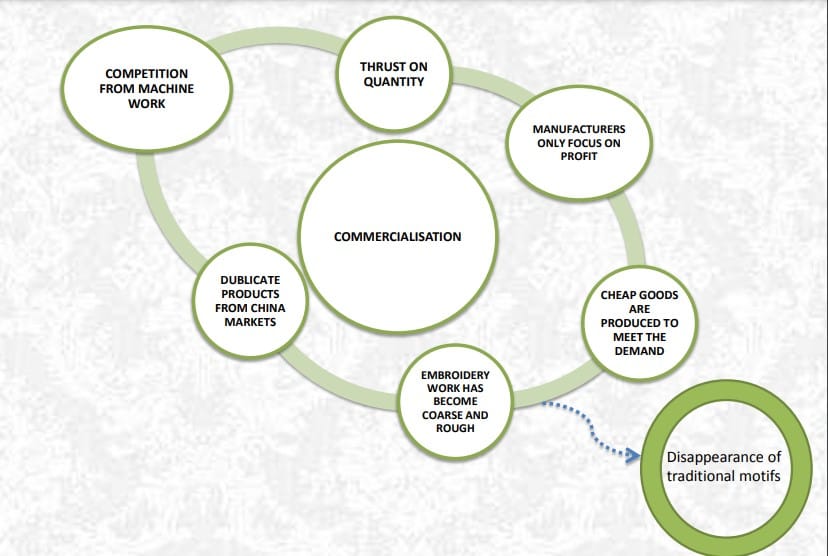
📌 Why has machine-made Chikankari grown?
✔️ It’s cheaper—mass-produced embroidery reduces labor costs.
✔️ It’s faster—machines complete designs in hours instead of weeks.
✔️ It’s widely available—ready-to-wear Chikankari is now sold in bulk across India and international markets.
📌 The downside of machine-made Chikankari
❌ Lacks the depth, precision, and handcrafted charm of original Chikankari.
❌ Uses uniform stitches, whereas handmade Chikankari has a distinctive, organic pattern.
❌ Does not provide livelihood to artisans, pushing traditional craftsmen out of work.
📌 The Struggles of Artisans: The Vanishing Craft
The shift towards commercialization has left thousands of skilled artisans struggling. Many who have inherited this craft from generations are now being forced to look for alternative jobs due to unfair wages and lack of recognition.
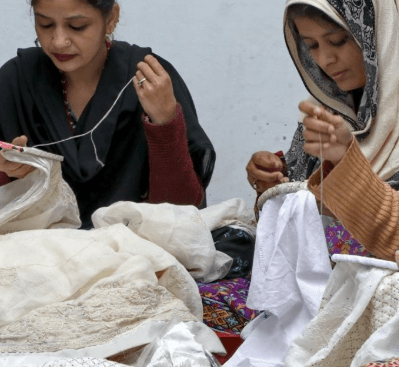
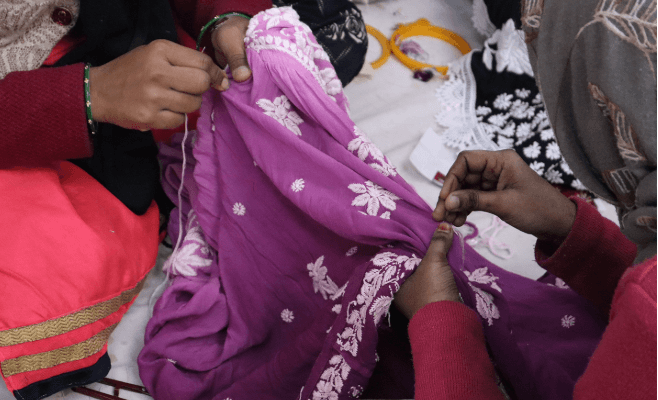
🔹 How artisans are affected:
🔸 Low wages – Handmade Chikankari takes weeks, yet artisans are paid as little as ₹150–₹500 per piece, while retailers sell them for thousands.
🔸 Lack of recognition – Machine-made pieces do not credit real artisans, making it harder for them to sustain their craft.
🔸 Declining traditional techniques – Many artisans have stopped teaching Chikankari to the next generation, fearing it has no future.
Did You Know?
Some families that have been practicing Lucknowi Chikankari for over 300 years are now struggling to keep the tradition alive.
📌 Why Handmade Chikan Embroidery is Still Unmatched
Despite commercialization, Authentic Chikankari embroidery remains superior to machine-made imitations.
✅ Handcrafted Chikan carries heritage & skill – Every stitch is done by hand, making each piece unique and exclusive.
✅ Traditional Chikankari features over 36 stitches – Machine embroidery cannot replicate the variety of stitches like Murri, Phanda, and Jaali work.
✅ Timeless elegance – Handmade Chikan ages beautifully, while machine embroidery tends to lose its charm over time.
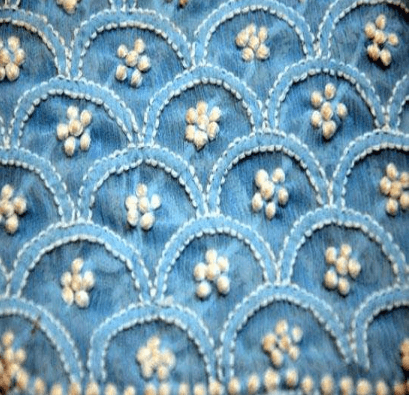
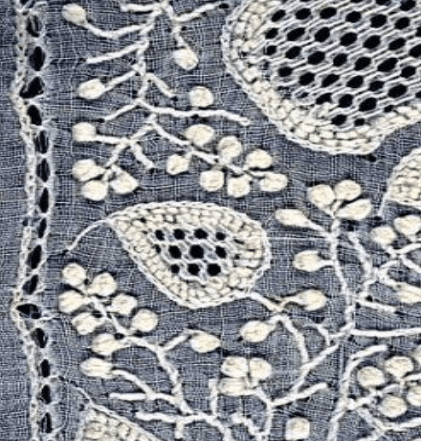
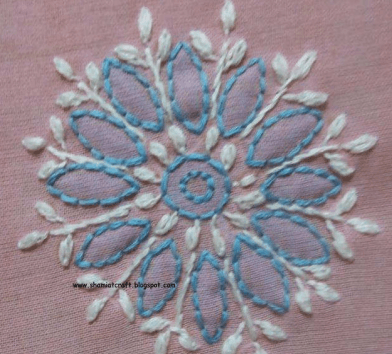
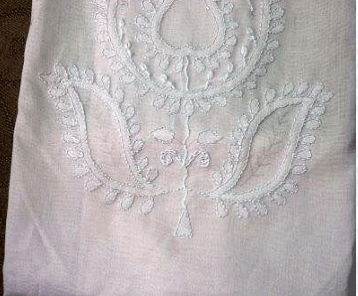
📌 How to Identify Authentic Chikankari & Support Artisans
With so many replicas in the market, here’s how you can ensure you’re buying authentic, handmade Chikankari:
✔ Feel the texture – Handmade stitches have a raised effect, while machine embroidery is flat and uniform.
✔ Check the reverse side – In authentic Chikankari, the back of the fabric is almost as neat as the front.
✔ Look for irregularities – Handmade pieces may have minor variations, a sign of authenticity.
✔ Buy from ethical brands – Support labels like Oudh Creations, which work directly with artisans.
Final Thoughts: Preserving the Legacy of Chikankari
The battle between machine-made vs. handmade Chikankari is more than just about embroidery—it’s about preserving a 400-year-old tradition and ensuring that the artisans behind it are valued.
At Oudh Creations, we stand by Authentic Lucknowi Chikankari, ensuring that each piece tells a story of skill, heritage, and timeless beauty.
💫 Join us in preserving this art—choose authenticity over mass production!